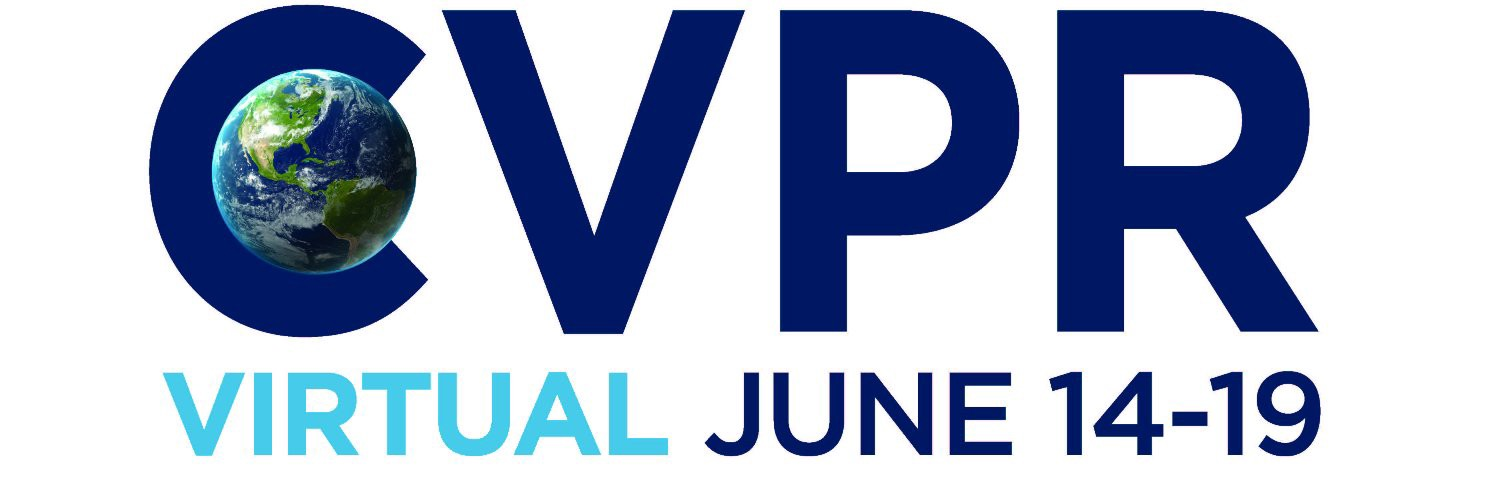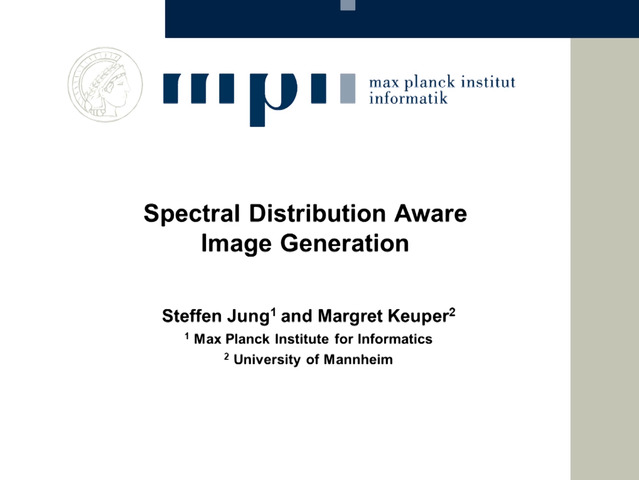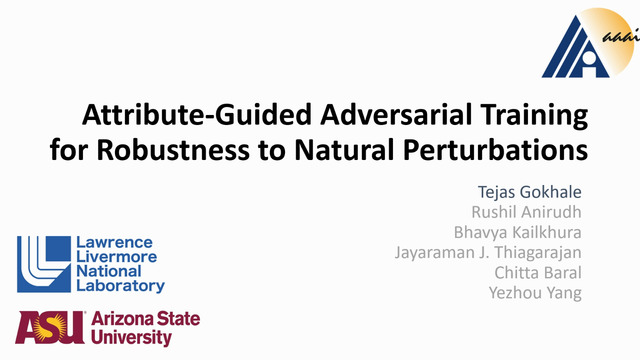Abstract:
Generative adversarial networks (GANs) are neural networks that learn data distributions through adversarial training. In intensive studies, recent GANs have shown promising results for reproducing training images. However, in spite of noise, they reproduce images with fidelity. As an alternative, we propose a novel family of GANs called noise robust GANs (NR-GANs), which can learn a clean image generator even when training images are noisy. In particular, NR-GANs can solve this problem without having complete noise information (e.g., the noise distribution type, noise amount, or signal-noise relationship). To achieve this, we introduce a noise generator and train it along with a clean image generator. However, without any constraints, there is no incentive to generate an image and noise separately. Therefore, we propose distribution and transformation constraints that encourage the noise generator to capture only the noise-specific components. In particular, considering such constraints under different assumptions, we devise two variants of NR-GANs for signal-independent noise and three variants of NR-GANs for signal-dependent noise. On three benchmark datasets, we demonstrate the effectiveness of NR-GANs in noise robust image generation. Furthermore, we show the applicability of NR-GANs in image denoising. Our code is available at https://github.com/takuhirok/NR-GAN/.









































